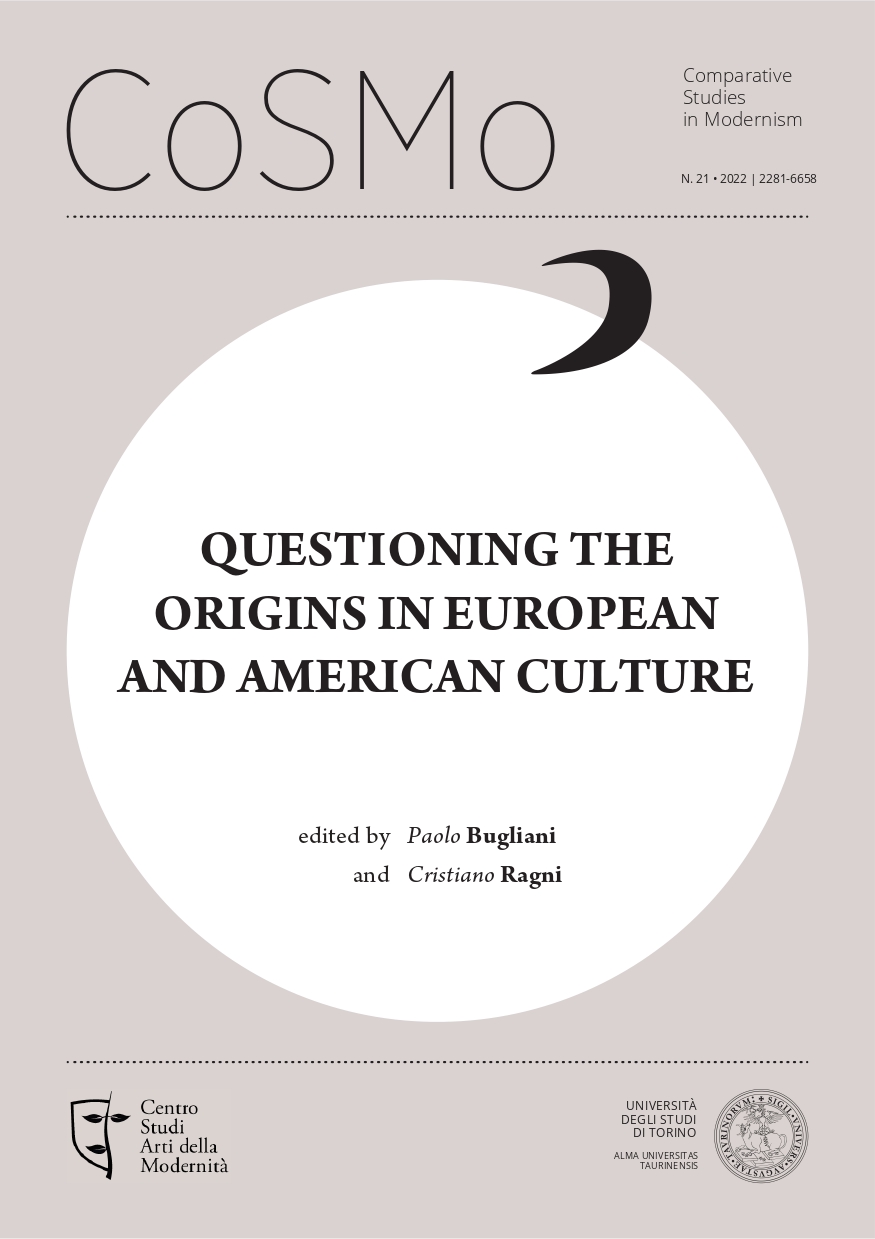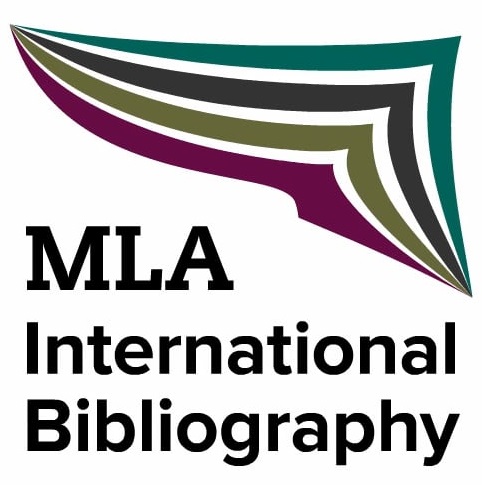In the Cage of Kafka and Canetti
The Metamorphosis of the Ape at the Origin of Culture
DOI:
https://doi.org/10.13135/2281-6658/6785Parole chiave:
Kafka, Canetti, Von Max, Evolution, Science, TheaterAbstract
This paper investigates anthropogenesis, which is the process of becoming human, from an interdisciplinary perspective, namely among science, theatre, and visual arts. The motif of animals locked in a cage – especially apes, but not only – is recurrent when talking about humans and their origin as cultural beings. Relying on some monkey portraits made by Gabriel von Max, in which the animals appear deprived of their freedom, the focus is on Kafka’s short story Ein Bericht für eine Akademie (A Report to an Academy, 1917) and on Elias Canetti’s novel Die Blendung (Auto da Fé, 1935), mainly on a chapter entitled “Ein Irrenhaus” (A Madhouse). In both texts we are confronted with an ongoing metamorphosis, with hybrid figures in which the boundaries between man and ape are blurred. Although in one case the ape becomes a man and in the other the man becomes an ape, so that both metamorphoses proceed in opposite directions, the ultimate goal is freedom. However, this freedom reveals all its problematic nature since escape from the cage does not always mean liberation. The two texts, which are presented as a reinterpretation of the myth of the origin of culture between nostalgia for a distant past and critique of human progress, are essential reflections on the power dynamics at the basis of civilization.
Downloads
##submission.downloads##
Pubblicato
Fascicolo
Sezione
Licenza
Gli autori mantengono i diritti sulla loro opera e cedono alla rivista il diritto di prima pubblicazione dell'opera, contemporaneamente licenziata sotto una Licenza Creative Commons - Attribuzione che permette ad altri di condividere l'opera indicando la paternità intellettuale e la prima pubblicazione su questa rivista.






